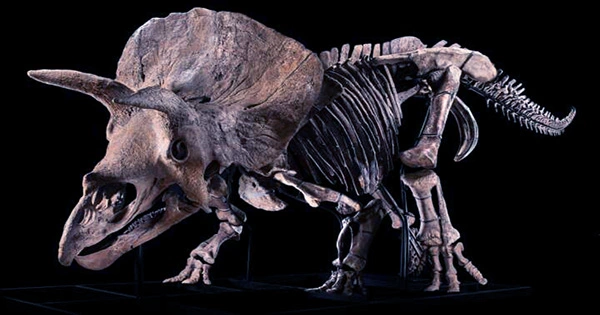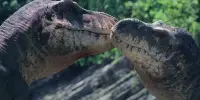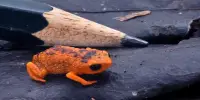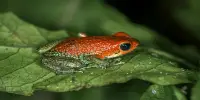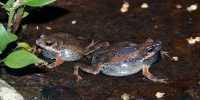Amargasaurus cazaui is a unique sauropod, a large group of dinosaurs. It has spine-like characteristics around its neck and back, which paleontologists have been intrigued by for a long time. Were they visible spikes, horn nubs, or something else entirely? The answer, according to researchers, might be a sailor crest-like structure. According to a study published in the Journal of Anatomy, a team led by Dr. Ignacio Cerda of Argentina’s Carlos Ameghino Provincial Museum examined the spines – or elongated hemispinous processes – of this and other species in great detail. They were hunting for evidence that would distinguish between horns, a sail, and a bison-like hump.
They discovered evidence of ligaments between the spines, which pointed to the sail concept. “We looked for earlier theories concerning soft tissues connected with Amargasaurus’ elongated hemispinous processes and another dicraeosaurid sauropod with comparable spines but unknown species.” Dr. Cerda told IFLScience, “We identified two primary hypotheses: the neck with “horns” and the neck with “sails.” “Because no detailed investigation looking for anatomical and histological evidence to test these assumptions has ever been done before, we thought it would be extremely crucial to look for evidence to contradict these hypotheses.”
According to current research, a sail-like this might have been employed as a display device, which is a wide phrase that can refer to a range of behaviors and applications such as attracting mates and mating, competing with other members of the species, and even functioning as a deterrent to predators. The team actually suggests that the functional relevance of these “bizarre formations” be investigated using various methods. But it’s not only a matter of function that the researchers can’t figure out; it’s also a matter of morphology. What did these sails look like in reality? According to Dr. Cerda, present data does not allow them to be confident. To enhance this, the further effort will be required.
“It’s worth noting that we discovered a specific distribution of mineralized fibers in different types of soft tissues, including ligaments.” We believe that these ligaments may have joined consecutive spines, resulting in a cervical sail… Dr. Cerda, who is also a member of the Consejo Nacional de Investigaciones Cientificas y Técnicas, told IFLScience, “As you can see, we are still far away from determining how such a sail looked like.” Understanding what dinosaurs looked like in the wild is a fascinating mystery, and we’re confident we haven’t seen the last (or the last artist’s rendition) of the strange Amargasaurus.
